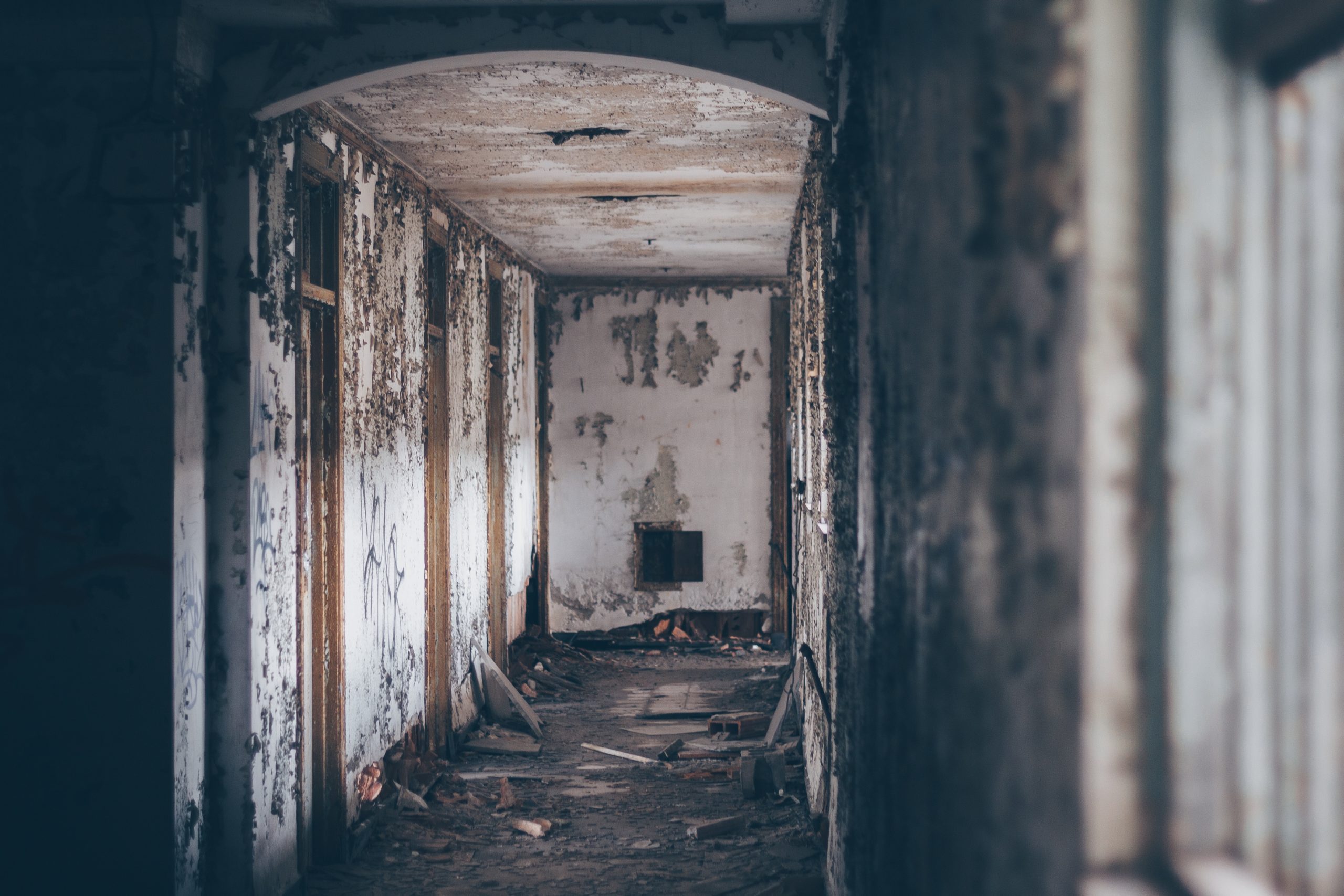What’s the deal on Dilapidations?
June 14, 2023

“A good negotiation does not always mean that both parties are happy, sometimes it means a compromise is reached. Better to compromise than be in a court case!”
The Breakdown on Dilapidations
Whether you are a landlord or a tenant in a commercial space, you should have a broad understanding of the ramifications when entering into a lease agreement. We are of course, referring to the repairing obligations and those clauses relating to condition. If you do not, then you could be in for a surprise!
Essentially, the landlord wants the property to remain in good repair and the tenant agrees to keep the property in good repair. There are nuances in “good repair”, however for the purposes of this blog we shall keep it simple.
The Dilapidations Protocol (The Protocol) was set out by the Royal Institution of Chartered Surveyors (RICS) to stop landlord receiving their property back in poor condition and having to shell out to put things right. However, it should be said, the landlord does not have a claim where no loss is suffered.
A landlord may serve a schedule of dilapidations within the term of the lease or at the end, either called interim or terminal. The difference is that the interim can be considered a ‘warning’, or a precursor of things to come, whereas the terminal is a ‘means to an end’ usually with a financial claim associated.
The general aim of The Protocol is to:
- Encourage early exchange of information.
- Avoid litigation by agreeing a settlement.
- Support efficient management of proceedings.
Surveyor’s Role
Ideally, a surveyor would be retained by a client (landlord or tenant) to work on their behalf and give advice before, during and after the lease term.
Knowledge of building defects and costs is essential; therefore, a surveyor is best placed to produce the schedule of dilapidations and conversely best placed to respond to one. This is the catalyst to encourage both sides to discuss, thereafter negotiations can be lengthy depending on situations that arise. It is not only the job of the surveyor to understand building defects, but the terms of the lease and breaches which may exist, appreciation of the market, types of property and tenants and being alive to the changing landscape of the claim.
Settlement
Most cases are settled without the need for litigation; however some do end up going to court. Further professionals on each side, including solicitors, agents and valuation surveyors may be required and the surveyor should be prepared to work with all parties if needed to achieve a realistic outcome.
“A good negotiation does not always mean that both parties are happy, sometimes it means a compromise is reached. Better to be compromise than be in a court case!” Hindsight is a wonderful thing, but foresight is even better.
Summary
Understand the condition the property must be left in.
Be honest.
Follow the guidance and protocol.
Communication is key.
Litigation is a last resort.
Negotiate a win-win scenario.
If you have a dilapidations matter or require some preliminary advice, please call our team on
01277 223594 or email us at info@howecs.co.uk.